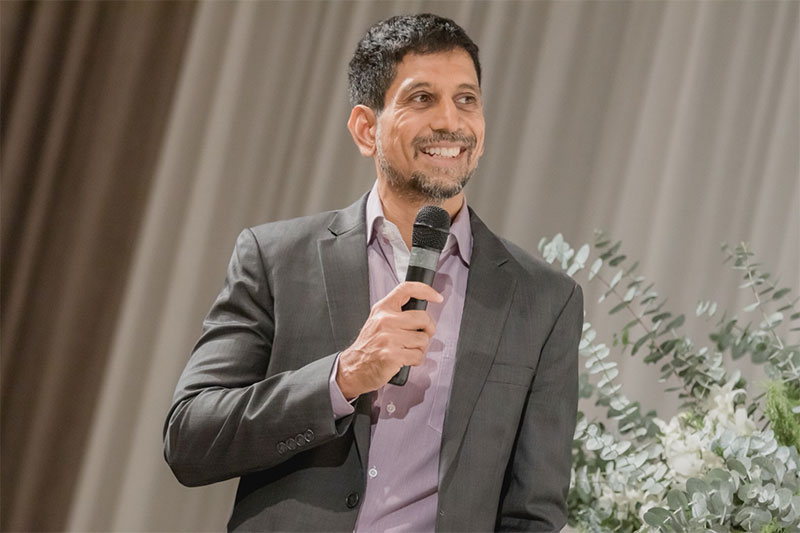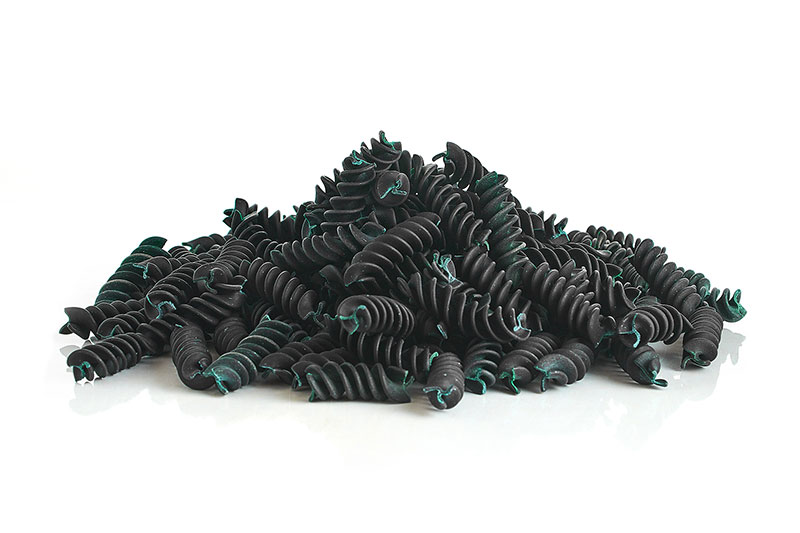Eco-startup EnerGaia is looking to provide a sustainable source of protein via the highly nutritious micro-algae spirulina. CEO and founder Saumil Shah talked us through the latest development in alternative protein sources.
It is estimated that the demand for major protein sources will double by the year 2050 – a prediction in the slipstream of which companies such as Impossible Burger and Beyond Meat are flourishing. Entering the ring is EnerGaia, a Bangkok-based firm that believes the answer lies in spirulina, a slippery, blue-green microalgae. The brainchild of former aerospace engineer Saumil Shah, EnerGaia wants to promote spirulina as the world’s new superfood, with the goal of seeing it become a 20-million-tonne-per-year commodity by 2050.

Saumil didn’t start out as a pioneer in the future of food. He studied Aerospace Engineering at Georgia Tech in the US before working as an aircraft engine design engineer and then at General Electric. But, it was whilst he was there that he came across news of an MIT postdoc who had used microalgae to capture a power plant’s CO2 emissions, using it to make biofuel. This idea sparked his intrigue: “I wanted to leave the corporate world behind and try to do something on my own so I could have kind of more of a direct impact,” he explains. “I’ve been an environmentalist for decades and I wanted to become an entrepreneur.” After his job at GE sent him to Thailand on a year-long assignment, Saumil was left wanting more and eventually found his way back, beginning work on EnerGaia.
You might also like Acaí: the Amazonian Superfood

Centred around sustainable food production from micro-algae with a special focus on spirulina, EnerGaia aims to provide a solution to the ever-growing demand for protein sources. As traditional protein sources often require a lot of land or water to produce, Saumil explains that there’s no sustainable way to achieve the necessary requirements by 2050 from current sources. “Lots of rainforests worldwide are being burned to the ground to create grazing spaces for cattle, and that’s only a small percentage of the increase in projected demand that’s needed,” he says. “Imagine what would happen if traditional sources were going to be needed to meet all that demand?”

He argues that Spirulina provides the perfect alternative: as a micro-algae, it’s naturally beneficial for the environment because it uses CO2 to produce oxygen, leaving a very positive ecological footprint. A high protein food source boasting 60% of protein content, spirulina is also packed with micronutrients such as magnesium, zinc and calcium as well as vitamin C and selenium, which are antioxidants that help to protect cells and tissues from damage. It can be produced on unusable or non-arable land as long as it is out in the sun with a decent temperature, which is why EnerGaia grows it on ‘rooftop farms’ of buildings scattered throughout Bangkok. “You don’t need arable land to grow it, so you don’t have a necessity to take away production of any other food crop to produce spirulina,” Saumil explains.

Currently, spirulina is largely seen as a nutraceutical commodity frequently found in tablet or capsule forms, but Saumil has plans to transform it into a mainstream food ingredient – something he says is not as challenging as you might think. With a mild taste, it’s apparently easy to incorporate into any diet. “Spirulina naturally tastes neutral,” he argues. “It’s just the umami taste that you get from things like chicken broth, things that are really high in protein.” To sweeten the deal (and based on consumer feedback), he is currently working on integrating it into existing foods as a key ingredient – including a spirulina pasta offering, not the first product of its type to the market, but the best, he argues. “Other spirulina pasta on the market have a very small percentage of spirulina, like 1% or so, but we put 4 or 5% spirulina in there so that you can actually start to get real nutritional value in a normal serving size.”
With the overarching goal to expand EnerGaia geographically, Saumil is currently looking into improving spirulina production techniques to make it even more scalable. “Over time, we want to expand into the Philippines and India with some opportunities we have in the next three years or so,” he explains. “And then we want to expand to Africa in the next five to 10 years, and from there, we’ll go to South America.” In the long run, his goal is to turn the industry from a 10,000-tonne-per-year industry into a 20-million-tonne-per-year commodity by 2050. “There’s no way that we can solve this in a really short period of time,” he says. “We have to start working on all these different methods today. Otherwise, we’re going to be in big trouble.”
Related Articles
Omnipork: The Meatless Alternative Perfect for Asia’s Markets?
Cricket Protein Could Be the Next Food Innovation. Here’s How.





